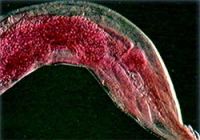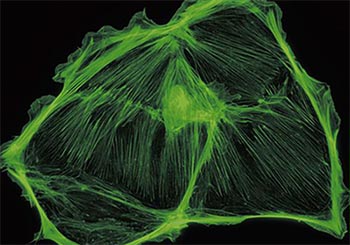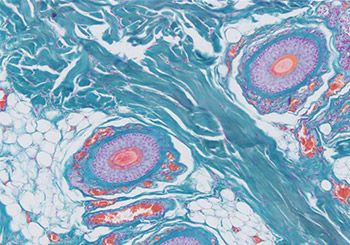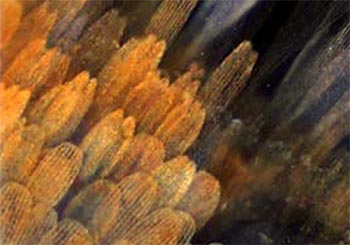Parasitologia
.jpg?rev=DB09)
| DP28 | DP23 | DP23M | |
|---|---|---|---|
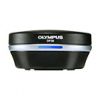 |  |  | |
Pixel size (μm) | 3,45 µm × 3,45 µm | 2,4 μm × 2,4 μm | 2,4 μm × 2,4 μm |
Number of pixels (MP) | 8.9 | 6.4 | |
Image Sensor | 1 in. color CMOS | 1/1.8 inch Color CMOS | 1/1.8 inch Backside illuminated monochrome CMOS |
Frame rate (fps)
at max resolution
| Max.32 fps a 4104 × 2174 (Resolução total) | Max.45 fps a 3088 × 2076 (Resolução total) | Up to 45 fps at 3088 × 2076 pixels Frame rate may decrease depending on the condition of your PC, resolution of your monitor, and/or software. |
Connector | USB 3.1 Gen1 *2 | USB 3.1 Gen1 *2 | USB 3.1 Gen1* |
Cor |
|
|
|
|
|
| |
Remark | Auxílio de foco manual de pico de foco | Auxílio de foco manual de pico de foco |
|
Solicitação de orçamento | DP28 | DP23 | DP23M |
Specialty
|
4K
Live
|
Not Available in Your Country
Sorry, this page is not
available in your country.
Está procurando as especificações da câmera?Compare as especificações técnicas com o localizador de câmeras |
